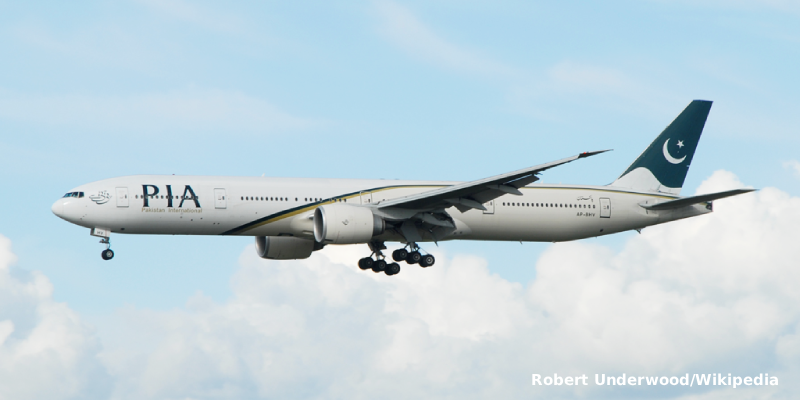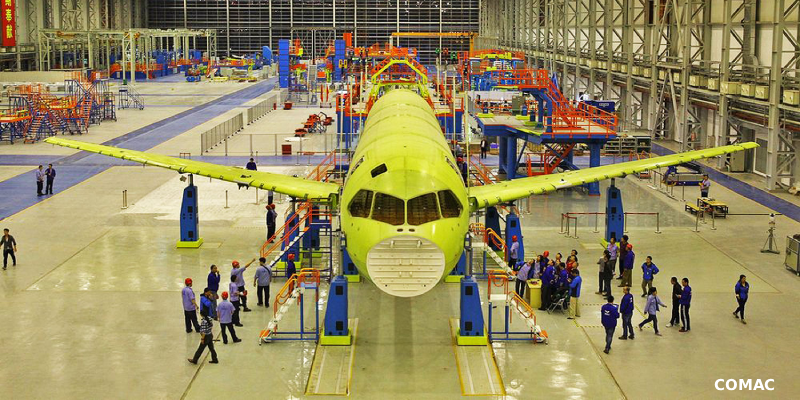Alaska Airlines resumed operations on Sunday night following a complete halt of approximately three hours caused by a computer system failure. The Seattle-based carrier issued a temporary ground stop for all Alaska and Horizon Air flights at 8:00 p.m. (Pacific Time), finally lifting it by 11:00 p.m.
This disruption marks the second time in just over a year that the company has been forced to ground its entire fleet due to technical issues, highlighting the growing vulnerability of the aviation sector to digital incidents.
Operational Impact: Gradual Recovery
Although flights have been cleared to resume, the airline warned of potential residual effects. Repositioning aircraft and crews will take time, meaning an immediate return to normal service is unlikely.
“As we reposition our aircraft and crews, impacts to our flight schedule are expected to continue,” Alaska Airlines stated in a release.
So far, the specific cause of the failure has not been disclosed, leaving open questions about the technological security of airlines in the current landscape.
→ Alaska Airlines Announces New Nonstop Route Between Seattle and Rome
Concerning Precedents: Not an Isolated Incident
This is not the first time Alaska Airlines has faced such an issue. In April 2024, the company also suspended operations after detecting a flaw in the system responsible for calculating aircraft weight and balance—a critical function for ensuring flight safety.
The Alaska Air Group fleet consists of 238 Boeing 737s and 87 Embraer 175s, making any full grounding a logistically significant event.
Cyber Risk in Aviation: The Next Major Threat?
The recent disruption occurs amid growing concerns in the aviation sector about cyber threats. In June, Hawaiian Airlines—also owned by Alaska Air Group—reported that some of its technological platforms were compromised in a cyberattack. The corporate group is still assessing the financial impact of the incident.
The situation becomes more complex when considering recent warnings from tech companies like Google and Palo Alto Networks, which have identified the hacker group “Scattered Spider” as an active threat to the aviation industry.
Other recent cases include:
- WestJet Airlines (Canada), which experienced a cyber incident in June.
- Qantas Airways (Australia), where in July an attacker accessed the personal data of millions of customers.
Despite the severity of these events, none resulted in flight disruptions—unlike the Alaska Airlines incident.
Global Environment Under Pressure
Adding to this picture, Microsoft issued a warning on Sunday about “active attacks” targeting server software used by government agencies and private companies, further fueling global concerns about the integrity of critical systems.
This incident underscores the vulnerability of airlines to technological failures, whether accidental or deliberate. In an industry where error margins are minimal and user trust is paramount, cybersecurity is no longer optional—it is essential.
Related Topics
Airbus and Air India Inaugurate Pilot Training Centre in Gurugram
Pakistan Airlines to Resume Flights to UK in October After Five-Year Suspension
COMAC Faces Delays in C919 Deliveries and Reduces Production Targets
Cathay Pacific to Resume Direct Flights to Seattle in March 2026

Un apasionado por la aviación, Fundador y CEO de Aviación al Día.




